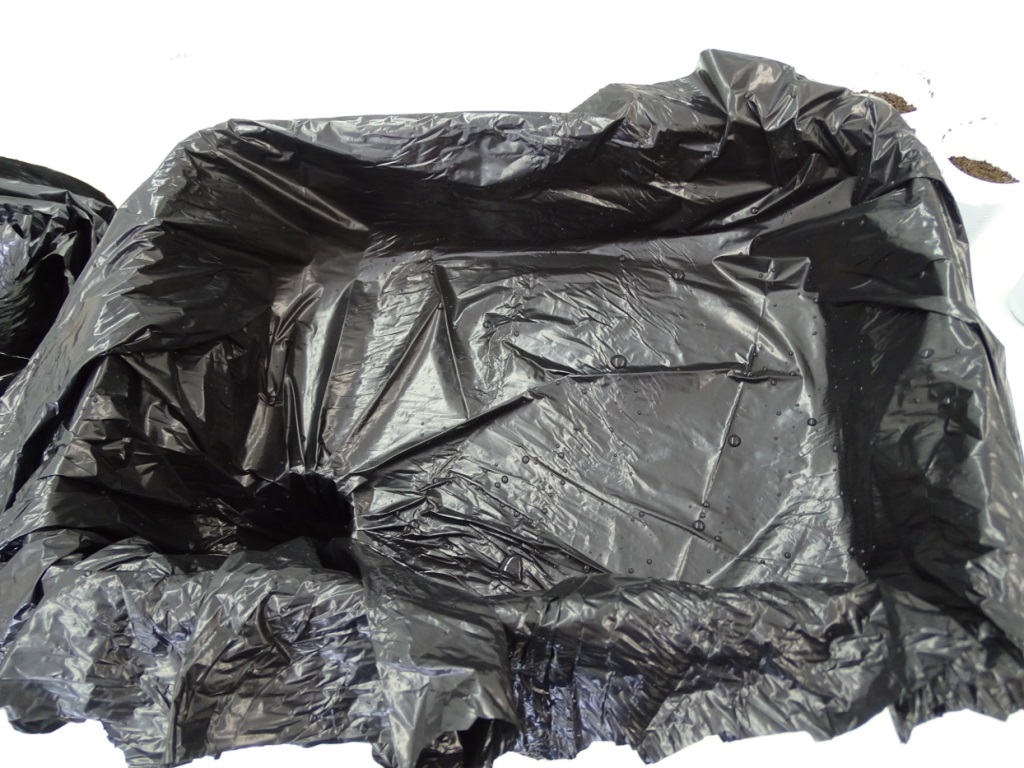Aeroponic garden
Together with our friends from Kreatorlab, we are starting an aeroponic garden and are thus pursuing our goal of bringing urban farming to our local environment. Aeroponics was developed by NASA for growing plants outside the cozy environments of our home planet and is supposed to be optimized for plant growth with minimum consumption of water and nutrients.
Compared to traditional hydroponic systems, the plant roots are soaked into a mist or rain of water/nutrient droplets instead of swimming in a full water body. This way, substantially less water is required for plant growth, as the roots still acquire enough liquid. In addition, the roots are also well aerated which promotes even faster growth.
In our first attempt at aeroponic gardening, we used a small ultrasonic fogger in a plastic container, similar to the design proposed by the team at inventgeek. To make the system even lighter, we added a second bottom to the container under an inclination, so the water would be concentrated in one corner with an added cup for the fogger.
Four different herbs will be used in our test, all of which have very different water requirements. From most to least moisture loving plants, these are: Basil, Mint, Oregano and Sage. Using plants with different water requirements, we wish to determine how versatile an aeroponic system (which in theory provides good moisture, nutrients and air) actually is. The seedlings were prepared in advance by incubating the seeds in a wet towel for about a week. To be able to interpret the following results, the seedlings were also planted in small cups filled with rich soil for comparison.
By installing an “intermediate floor”, the danger of leakage increased dramatically. To prevent this, a plastic bag was used to cover the inside of the container, a dark one was used to prevent light exposure of the roots.
The initial plan was to use hydroton pellets (light clay pellets) as substrate material, as it allows good support with a lot of space for the plant roots. The downside of this substrate is, however, that fine clay particles are rinsed away by the water in turn, damage the ultrasonic fogger by accumulating on the transducer. Despite rigorous rinsing beforehand, this problem could not be eliminated which is why cotton puffs will be used instead.
Also the foggers we use, seem to have an incredibly short life span. Until now, 4 ultrasonic foggers (2€ each on e-bay) were used in the experiment and stopped working very rapidly, usually after a few days. The longeviest one worked for about 2 weeks before “dying”. There are different possible reasons for this: either the water is still too “hard” causing damage to the membrane (which would deem such devices completely inappropriate for this purpose), the charger does not provide adequate power or the cheap foggers simply have a very poor construction, which would also explain the variation in lifespan. To see how we built it all and how it looks like at the moment (while still in the testing phase), check out the images below. Also be sure to follow our blog to stay informed on the progress and learn more about aeroponics and urban agriculture.










